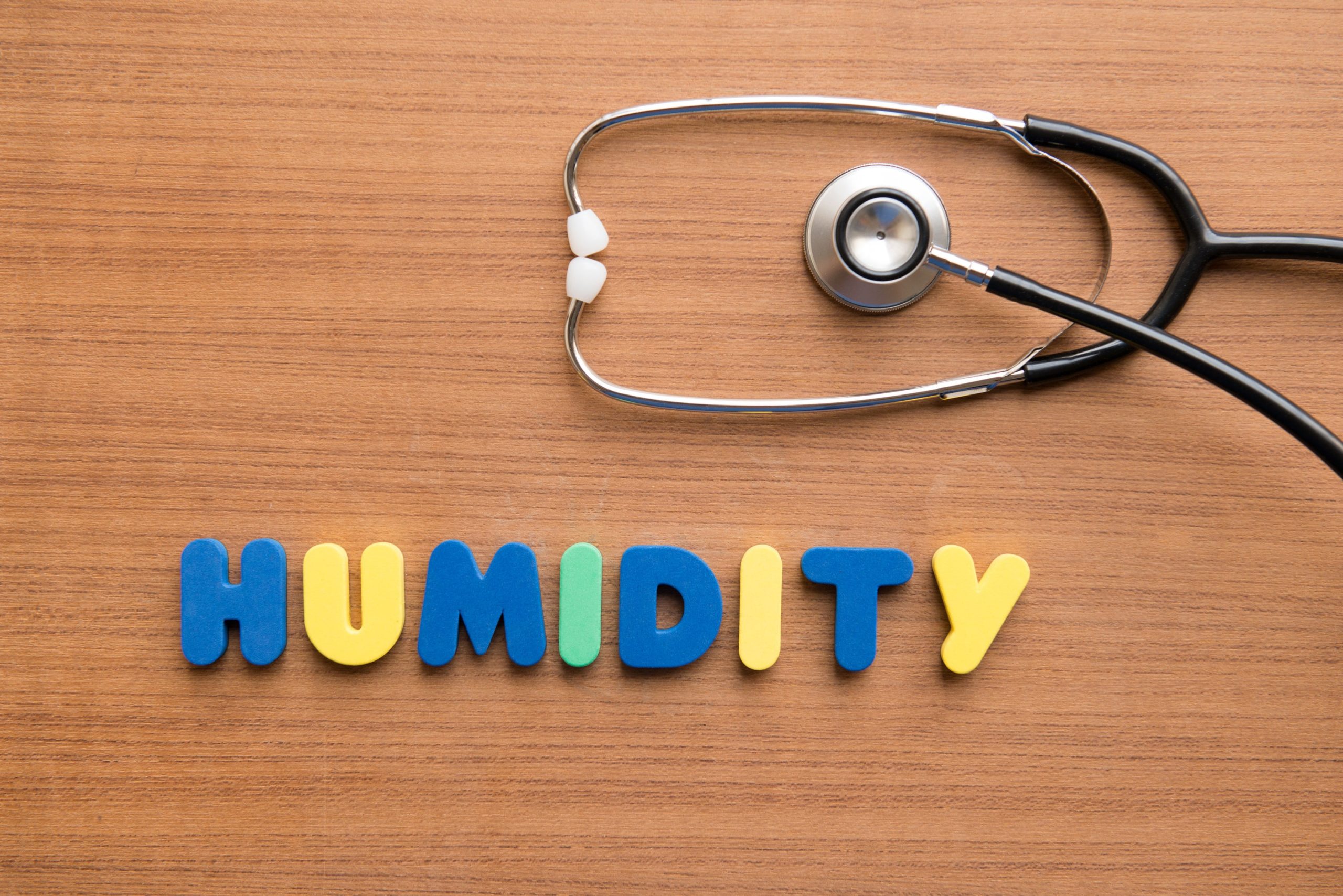
How Relative Humidity Impacts Air Health
Did you know there is a direct link between relative humidity and air health? Humidity plays a constant and important role in air quality and comfort. Too little humidity can result in dry, chapped skin. Too much humidity, as any Southerner well knows, is a miserable experience. You’re coated in sweat that won’t evaporate.
Humidity also creates ideal breeding conditions for organic growth to take hold inside walls. Wood also shrinks and creates gaps with excess humidity. A good heating, ventilation, and air conditioning (HVAC) provides humidity control. Additional in-system options, such as full house steam humidifiers and dehumidifiers, help optimize your space’s level of humidity.
What is Relative Humidity and Why is it Important?
Relative humidity also plays a role in the spread of particulates through the air. This aspect of ventilation and air flow is especially top of mind during times of COVID-19. The relationship between humidity and disease has long been a topic of discussion and research in the scientific community. It’s important to understand the correlation between humidity and the spread of illnesses like the flu, SARS, and the common cold.
When researching the possible connections between the spread of illnesses and the humidity in a room, understanding relative humidity is key. The National Weather Service defines relative humidity as the amount of water vapor currently held in the air relative to the air’s temperature. The warmer the air, the more moisture it contains. This means the same amount of water vapor creates higher relative humidity in colder air and lower relative humidity in warmer air. Relative humidity is always described in a percentage, which you probably recognize from daily weather forecasts.
SEE ALSO: Humidity Control
Relative Humidity and the Spread of Germs
The correlation between relative humidity and the spread of illness has been under research for decades. Disease spread and its control is an important aspect of public safety. It’s no surprise that researchers from a variety of different fields have taken time to see how the world can be made safer. One scientific article, “Mechanisms by Which Ambient Humidity May Affect Viruses in Aerosols” by Dr. Wan Yang and Dr. Linsey C. Marr both look to an array of scientific fields for answers. They include “virology, aerosol science, chemistry, and physics” as sources of information because while relative humidity may seem simple, it is also part of a complex chain of systems working together without our awareness. Other articles have studied whether or not relative humidity has an effect on the spread of illness for 30 years!
Why Relative Humidity Matters in Your Space
HVAC systems require consideration towards air flow, along with many other aspects to ensure air health and comfort meets the needs and standards of its end users. In the article, “Low ambient humidity impairs barrier function and innate resistance against influenza infection,” mice were put in differing levels of humidity to see if they had more or less resistance to the flu when exposed. There was evidence that mice in low humidity conditions produced less of the necessary defenses used to protect their bodies from contracting the flu.
The humidity of a building changes both how particles are diffused through the air, including illnesses, and alter an inhabitants defenses against those illnesses. In this study, researchers looked at the RNA of the animals involved in testing and found that the genes that should trigger immune responses were decreased in low temperature, low humidity environments. Not only can humidity play a part in the spread of diseases, but it can change how a body is able to respond to viral threats.
How to Maintain a Suitable Relative Humidity
There are no definitive answers to how viruses and other illnesses are spread in regards to humidity. Many working factors affect how illnesses spread, including where people live, how many people are gathered in one location, and individual immune responses. Relative humidity is just one piece of the puzzle, and it should not be an additional concern of homeowners and those in charge of buildings.
HVAC systems require consideration towards air flow, along with many other aspects to ensure air health and comfort meets the needs and standards of its end users. Indoor humidity should be maintained at a level of comfort that suits those inside the building. HVAC.com recommends an indoor relative humidity between 30-50%, which is measured through integrated systems within an HVAC thermostat or by a hygrometer. Maintaining the correct indoor humidity provides air comfort, maintains building integrity, and may provide protection against illnesses.
Contact your local HVAC company to see if your system is providing you with the right level of relative humidity.


